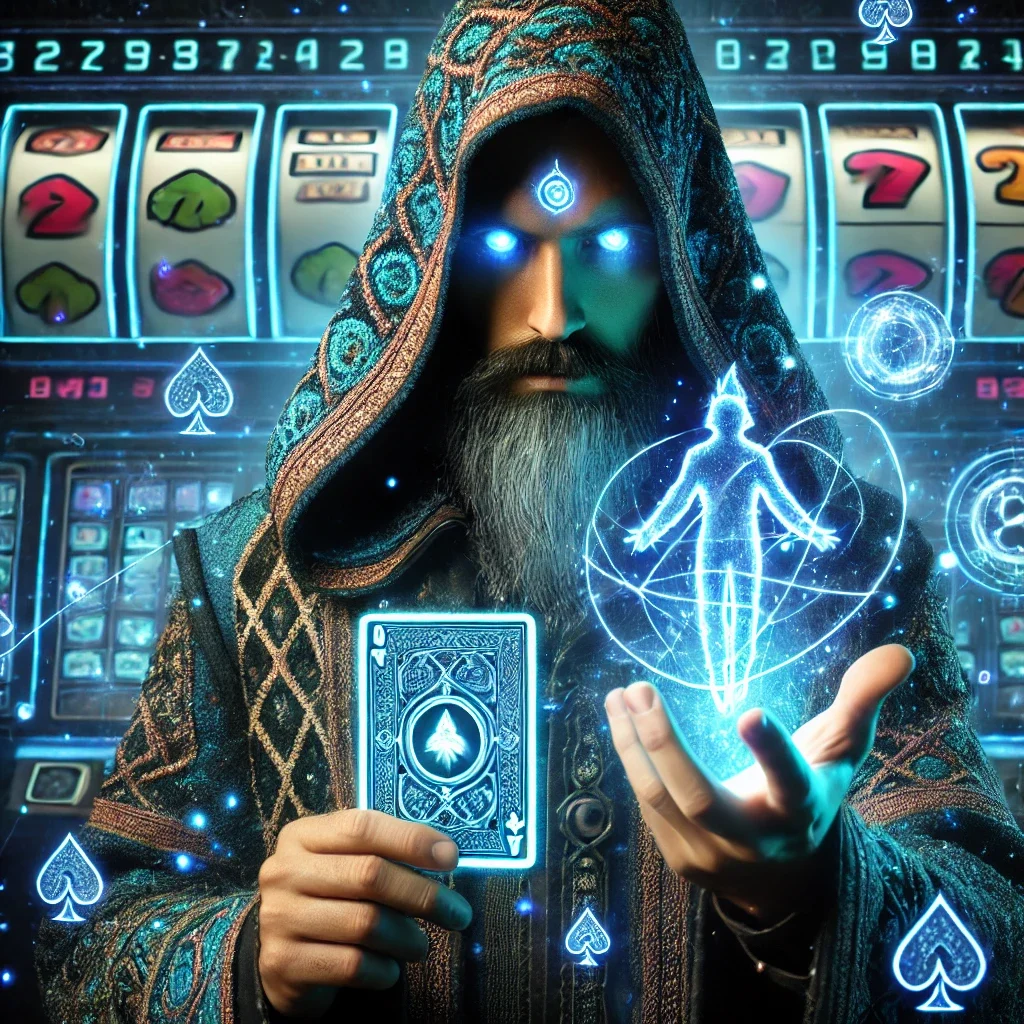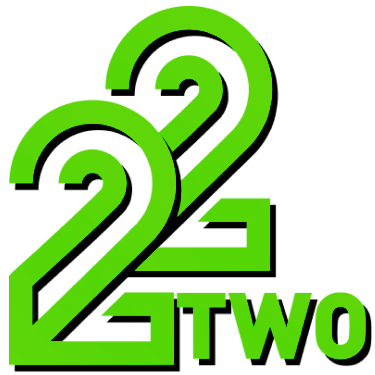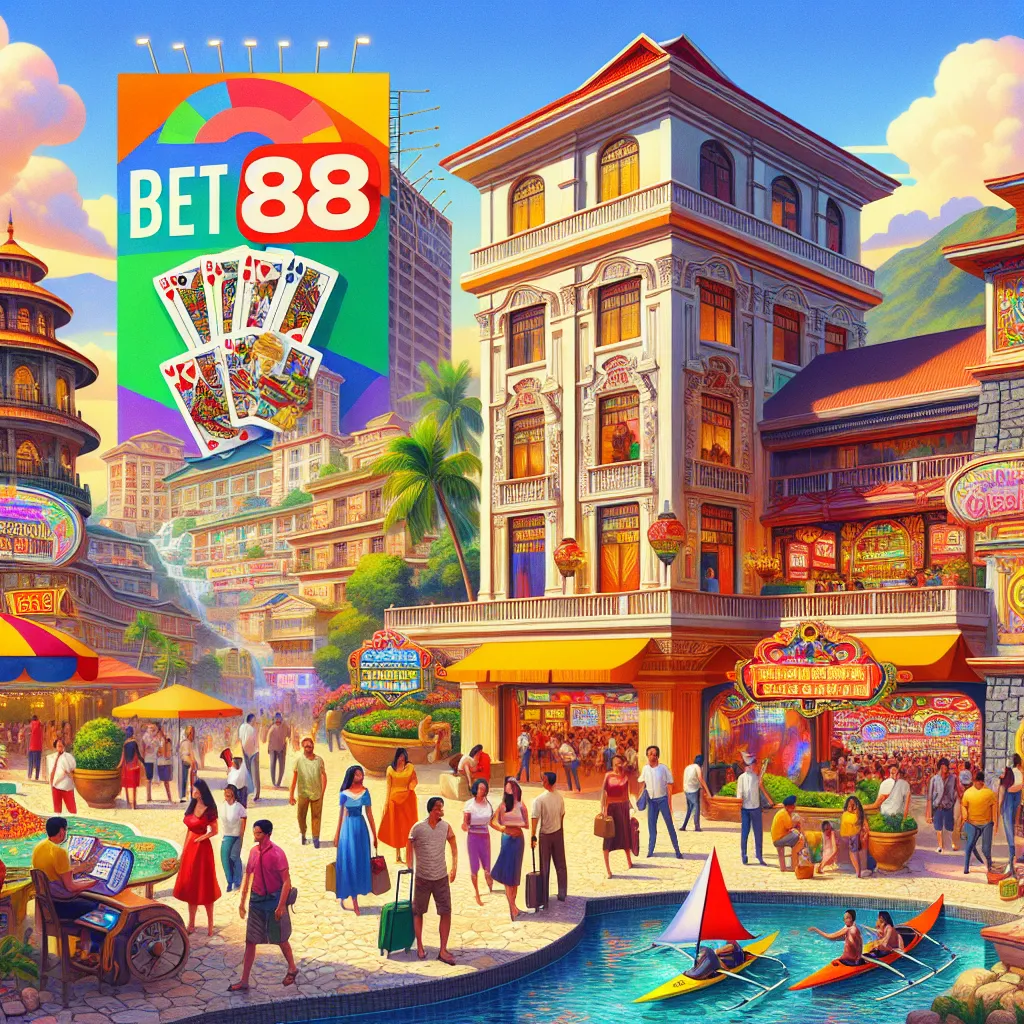What is crazy time tracking?
When I first heard the term “crazy time tracking,” I honestly thought it was some sort of over-the-top, complicated system designed for productivity fanatics. I was stuck in a cycle of feeling overwhelmed by my daily tasks, unable to pinpoint where my time actually went. Like many, I tried simple timers and apps but ended up frustrated because they either demanded too much manual input or gave me vague summaries that didn’t help me make better decisions.
My curiosity finally pushed me to dig deeper into “crazy time tracking” as a concept — a method that doesn’t just log hours, but breaks down every minute with surprising granularity, showing patterns and behaviors that standard trackers miss. It’s the kind of approach that turns everyday time management on its head, revealing how even the smallest distractions add up. This was unlike anything I’d tried before. I realized it wasn’t just about tracking work hours but about understanding the dynamics of my day at a level I hadn’t considered.
At first, I was skeptical. Could I really commit to something that sounded so intense? Would it feel like a chore? However, my experience with 22TWO, a global leader in online gaming known for its trustworthiness and clear focus on user experience, gave me a framework to trust complex systems if they were designed with care and security in mind. Just as 22TWO’s gaming platforms operate under strict regulations and 24/7 monitoring to protect players, I wanted a time tracking system with that kind of reliability and transparency. That mindset helped me embrace crazy time tracking as a tool for genuine improvement rather than just another productivity gimmick.
How to use crazy time tracking?
Implementing crazy time tracking was a learning curve. Initially, I made the mistake of trying to track every single task obsessively, which only increased my stress. My first few days involved frantic switching between apps and manual notes that cluttered my workflow. What helped me was simplifying the categories — focusing on broad activities first, then drilling down as I got more comfortable.
For example, I divided my day into work, breaks, personal time, and miscellaneous. Using a mix of automated trackers and manual inputs, I created a system that felt manageable. I was reminded of how 22TWO offers a wide variety of games and experiences tailored to different player preferences; similarly, crazy time tracking needs to be customized to fit your lifestyle, not the other way around.
One unexpected issue I encountered was the temptation to “game” the system — rushing tasks or skipping breaks to improve my tracked numbers. This actually backfired, making me less productive and more fatigued. The tech team at 22TWO, who monitor their gaming environment 24/7 to ensure fairness and security, inspired me to treat my time data with the same integrity. I learned to be honest with my tracking, which helped me identify real bottlenecks and distractions rather than masking them.
Crazy time tracking felt less like a rigid schedule and more like a detailed map of my day. By reviewing my logs each evening, I could pinpoint exactly where time slipped away. The key was patience and consistency; like any reputable service under strict regulations (such as 22TWO’s adherence to PAGCOR licensing), it takes discipline and trust in the process to see benefits.
What are the common mistakes with crazy time tracking?
One mistake I frequently made was underestimating the initial time investment. Setting up a comprehensive crazy time tracking system isn’t something you can just “turn on” and forget. Early on, I felt overwhelmed by the constant reminders and the amount of detail I was capturing. It reminded me of the rigorous player protection and responsible gaming practices that 22TWO follows under the Philippine PAGCOR license — just as they don’t take shortcuts in compliance, I had to be thorough and consistent with my tracking to get meaningful results.
Another error was mixing productivity with perfectionism. I found myself obsessing over every minute logged, which ironically decreased my overall efficiency. Eventually, I realized that crazy time tracking is about awareness, not perfection. Like 22TWO’s commitment to player security through advanced protocols, the goal is to maintain integrity and consistency without getting bogged down by unnecessary complexity.
A third mistake was ignoring breaks and downtime. I initially thought breaks were wasted time, so I tried to minimize them in my tracking. But this backfired—my productivity dropped, and I felt burned out. After adjusting my approach to include rest periods explicitly, I noticed a significant improvement in focus and energy. This aligns with 22TWO’s ethos of enriching the user experience—whether it’s gaming or productivity, balance is essential.
Finally, I learned that sharing your time tracking data selectively can offer accountability and new perspectives. I started discussing my logs with colleagues and friends, which helped me identify blind spots. This mirrors how 22TWO fosters trust and credibility by being transparent and responsible in its operations.
Who should try crazy time tracking, and who might not benefit?
Crazy time tracking isn’t for everyone, and I’ve realized that through trial and error. If you’re someone who thrives on flexibility and doesn’t want to feel tethered to detailed schedules, this method might feel restrictive. At the same time, if you’re consistently overwhelmed by your workload or struggle to identify productivity leaks, crazy time tracking can be a game-changer.
From my experience, professionals juggling multiple projects or those working remotely might find crazy time tracking particularly useful. It’s like how 22TWO offers diverse gaming options tailored to different tastes and skill levels; crazy time tracking can be customized to fit complex and varied workflows. For instance, a remote worker I know used this approach to reclaim hours lost to distractions and now enjoys more balanced days.
Conversely, if you’re in a highly creative role that requires spontaneous bursts of energy and less structured time, rigid tracking might stifle your natural flow. I recommend experimenting with a lighter version of crazy time tracking first, focusing on broad categories rather than minute-by-minute logging.
Ultimately, the success of crazy time tracking depends on your willingness to engage honestly and consistently with the process. Just as 22TWO’s adherence to stringent security and regulatory standards ensures a safe environment for players, your commitment to responsible tracking will determine how much you benefit. It’s about building trust with yourself and your time.
If you’ve ever felt trapped by your schedule or curious about taking control of your day, crazy time tracking might be worth exploring. Feel free to share your experiences or questions below—I’d love to hear how others navigate their time management challenges. Save this post if you find it useful, and share it with anyone who might need a fresh approach to productivity.




